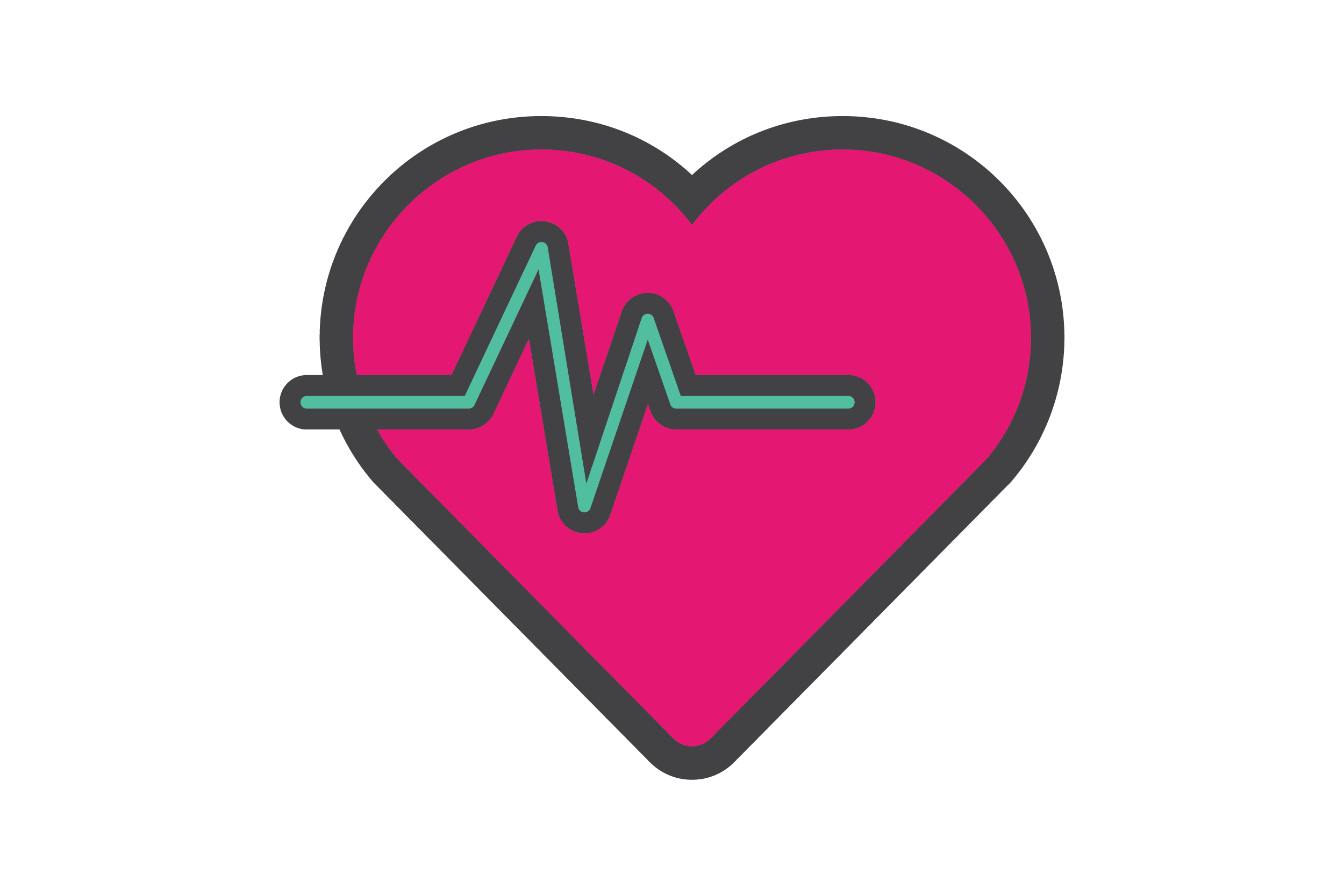Perceptions of advice for acute low back pain: a content analysis of qualitative data collected in a randomised experiment – Lidiya Augustine et al.
Guidelines commonly recommend healthcare professionals to provide advice to people with acute LBP that explains the nature of LBP, its typically favourable prognosis, and also recommend that people are advised to stay active, avoid bed rest and remain at work. Two other approaches, advice based [...]






